Choosing the right fabric for uniforms is essential to ensure comfort, durability, and practicality. The fabric impacts how the uniform feels, performs, and looks. Here are the key factors to consider when selecting fabric for uniforms.
Comfort is paramount for uniforms that will be worn for extended periods. The fabric should be soft and breathable to ensure the wearer feels at ease throughout the day. Natural fibers like cotton are known for their comfort and breathability, while synthetic blends can also offer a good balance of softness and durability.
Uniforms need to withstand frequent wear and washing without degrading. Durable fabrics such as polyester or poly-cotton blends are ideal for this purpose. They resist wear and tear, maintaining their appearance and functionality over time. Consider the work environment and the level of physical activity involved to determine the necessary durability of the fabric.
The ease of maintenance is a critical factor for uniforms, as they often require regular cleaning. Fabrics that are easy to wash and require minimal ironing are preferable. Polyester and blended fabrics typically offer low-maintenance options, as they resist wrinkling and shrinking. Ensure the fabric can withstand repeated washing without losing its shape or color.
Breathability is especially important in uniforms for physically demanding jobs or hot climates. Fabrics that allow air circulation, such as cotton or moisture-wicking performance fabrics, help keep the wearer cool and dry. Breathable fabrics can significantly improve comfort and reduce sweat-related issues.
The appearance of the fabric affects the overall look of the uniform. It should project a professional image and maintain its color and texture after many washes. Consider fabrics that resist fading and maintain their crispness, such as polyester or high-quality blends. The fabric's appearance also includes its texture and how well it holds pleats and creases.
Jobs that involve a lot of movement require uniforms made from flexible and stretchy fabrics. Performance fabrics with elastane or spandex blends provide the necessary stretch and flexibility, allowing for greater ease of movement. This can enhance comfort and prevent restrictions during physical activities.
The work environment's climate plays a significant role in fabric selection. For hot climates, lightweight and breathable fabrics like cotton or moisture-wicking materials are ideal. In contrast, colder environments may require heavier, insulating fabrics like wool or fleece. Matching the fabric to the climate ensures the uniform provides appropriate thermal comfort.
Budget constraints often influence fabric choice. While natural fibers like cotton or wool may offer excellent comfort and appearance, they can be more expensive than synthetic alternatives. Blended fabrics can provide a cost-effective solution, offering a balance between cost, durability, and comfort. Evaluate the budget and choose the best quality fabric within those limits.
For certain industries, uniforms must meet specific safety standards. Flame-resistant fabrics may be necessary for jobs involving high heat or open flames. High-visibility fabrics might be required for workers in low-light conditions. Ensure the chosen fabric complies with any relevant safety regulations and provides the necessary protection.
Selecting the right fabric for uniforms involves balancing multiple factors, including comfort, durability, ease of maintenance, breathability, appearance, flexibility, climate appropriateness, cost, and safety requirements. By carefully considering these factors, you can ensure that the uniforms are practical, comfortable, and suitable for their intended use. For further assistance in choosing the best fabric for your uniforms, please contact us. For high-quality fabrics and expert advice, consult your trusted supplier.
 100% Cotton Plain Dyed Woven Twill medical fabric for hospital
100% Cotton Plain Dyed Woven Twill medical fabric for hospital 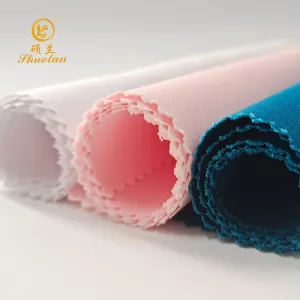 Twill weave medical wear fabric VAT dyeing with chlorine bleach resistant CVC 60/40 21*21 108*58
Twill weave medical wear fabric VAT dyeing with chlorine bleach resistant CVC 60/40 21*21 108*58 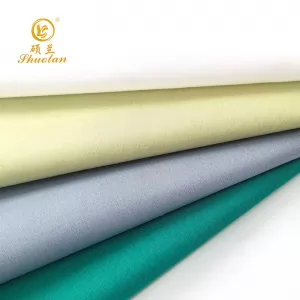 factory direct sale shirt fabric good quality CVC 55/45 133*72 poplin shirt fabric
factory direct sale shirt fabric good quality CVC 55/45 133*72 poplin shirt fabric  wrinkle free shirt fabric 60% cotton 40% polyester poplin plain dyed fabric
wrinkle free shirt fabric 60% cotton 40% polyester poplin plain dyed fabric 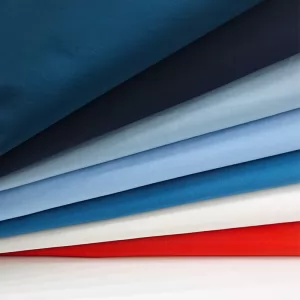 combed quality T/C 65/35 45*45 133*76 reactive dyed shirt fabric easy care finish
combed quality T/C 65/35 45*45 133*76 reactive dyed shirt fabric easy care finish 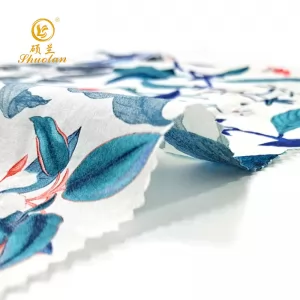 woven cotton poplin shirt fabric leave design 40*40 110*76
woven cotton poplin shirt fabric leave design 40*40 110*76 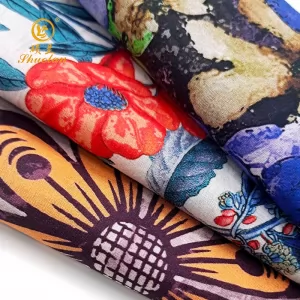 100% Cotton 40*40 133*72 120gsm floral print fabric for shirt skirt dress
100% Cotton 40*40 133*72 120gsm floral print fabric for shirt skirt dress 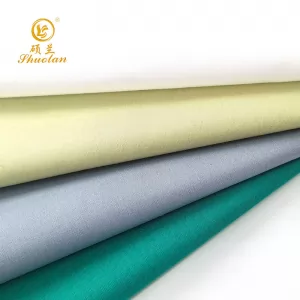 TC 65/35 45*45 110*76 57/58' 103GSM Solid Shirting Fabric Direct Supply with Competitive Price and High Quality
TC 65/35 45*45 110*76 57/58' 103GSM Solid Shirting Fabric Direct Supply with Competitive Price and High Quality Newsletter Subscription
Get the latest trading information
Copyright © Shijiazhuang Shuolan Textile Factory All Rights Reserved Sitemap | Powered by 